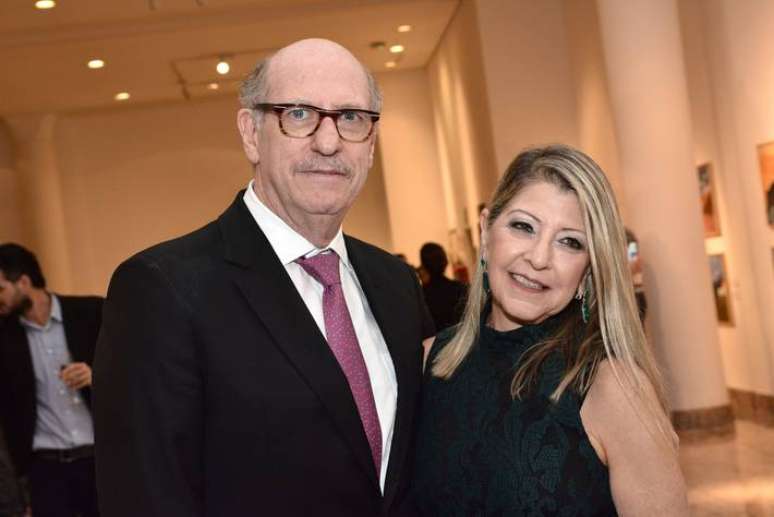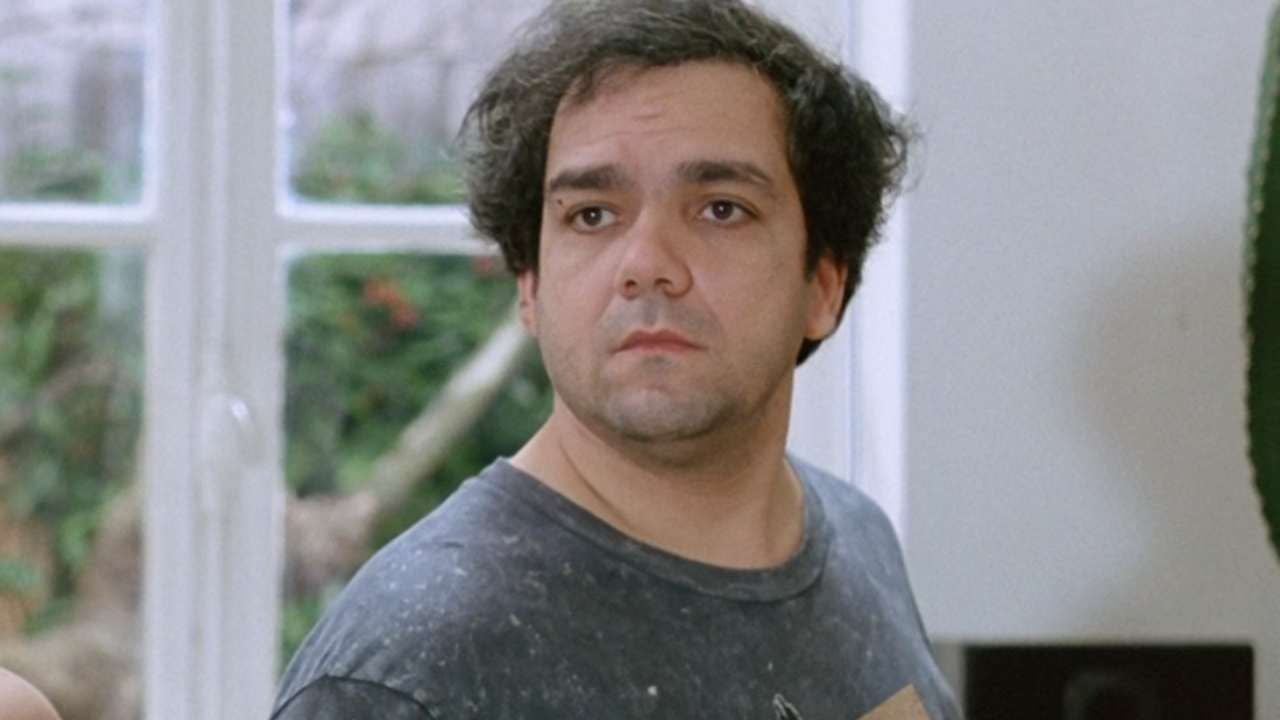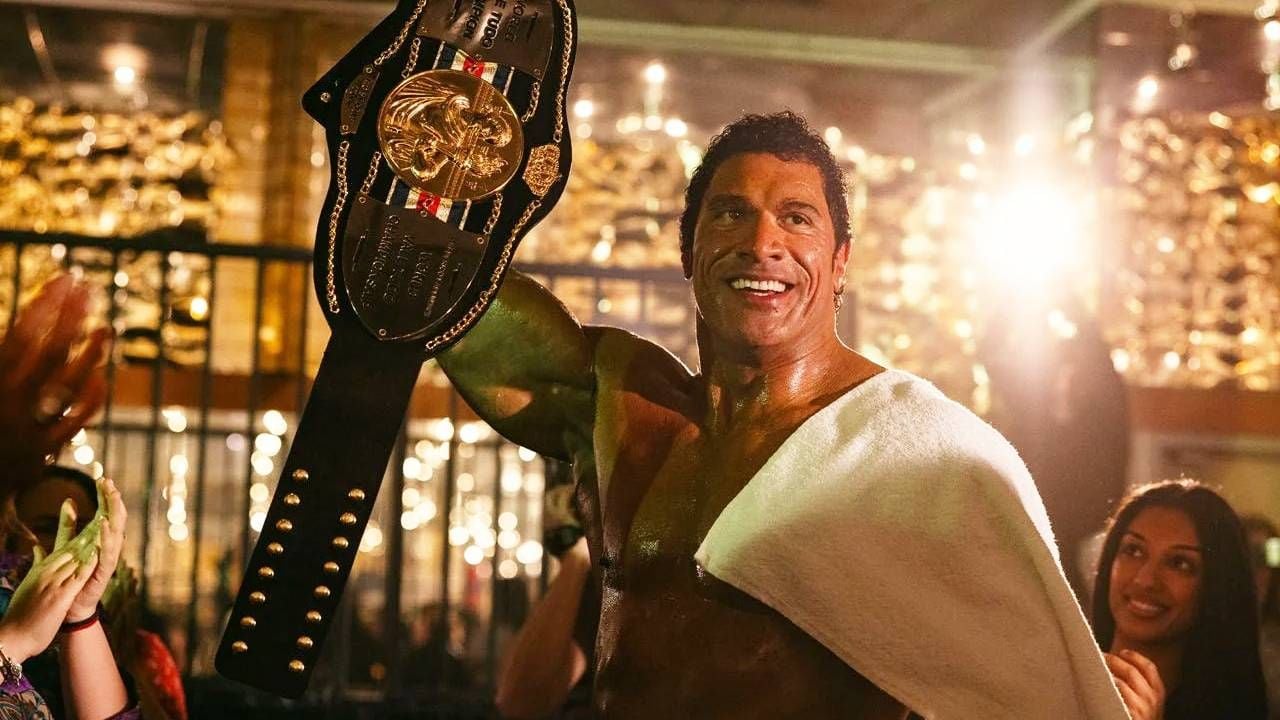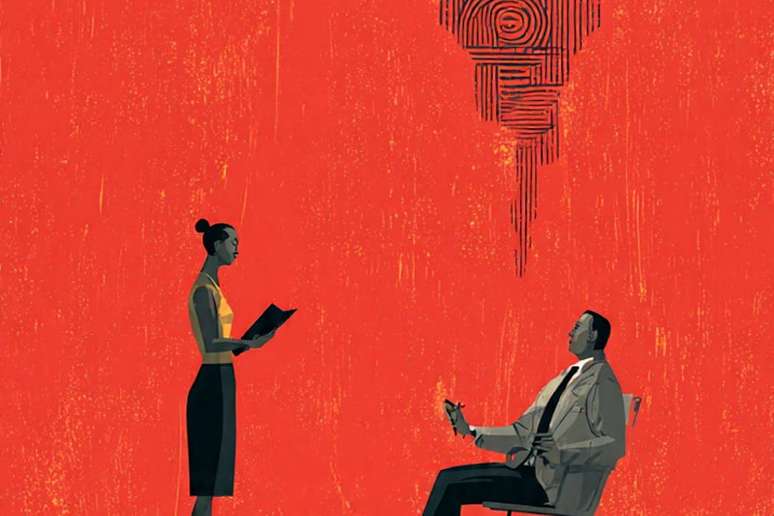An engineer talks about his task of welcoming and preparing people with special needs for life
Helping children, young people and adults with special needs has been the central goal in the life of Cariocas for the last 15 years Wolf Kos, which has little to do with his profession. He is a civil engineer – with a successful career in sectors such as environmental expertise and dam sealing – and later the director of his company, Imóvel. Kos even founded Isec, which turned into the Virgo insurance company.
It was in 2007 that his careful gaze on culture, health and social inclusion resulted in the creation of the Olga Kos Institute of Cultural Inclusion (Olga is his wife and runs the IOK) – basis for arts and sports projects through tax incentive laws. His research has shown that “the great difficulty of people with disabilities is communication”. And that these people need three things to be included in society: “The family, their will and the community”. And she started creating projects—in martial arts, karate, theater, music, dance, capoeira, futsal and basketball—that serve 4,500 people. In this interview with Stadiumgets to the heart of the matter: “My institute is not a company, it is a mission”.
How was the work of the Olga Kos Institute?
IOK was born in 2007 with the aim of including people with disabilities
Where are these workshops held? There is a place?
Since transportation is expensive and difficult, we decided to go to where these people are. Currently, we are in 180 locations in São Paulo – such as Nova Cachoeirinha, Morumbi, Guarulhos, Jundiaí, Campo Limpo… We serve 4,500 people, in workshops and courses in art, photography, martial arts, music and sports.
How are donations going in post-pandemic Brazil?
It is currently possible to maintain an NGO through incentive laws. With the pandemic, donations have dropped a bit, but we’re already returning to pre-covid levels.
What about donations made by private individuals?
A very large movement started in Brazil, where people started realizing that they could donate through income tax. We don’t have a 100% giving culture yet, but it’s growing. 16 years ago I thought that because I have relationships with large companies, it would be easy to catch. It was not like this. Even in companies with real profits, many times their second echelon still doesn’t have this culture.
Does it make a difference?
Yes, because a large company can include internal or community actions in its social report, but does not mention IR donations. Some are only now attending our events. And, incredible as it may seem, this has generated spontaneous donations from employees.
You have found, in surveys, that the working environment is key to creating a more supportive attitude. How was it?
We spend two thirds of our lives at work. So, we wondered what it feels like to welcome a person of color, or an elderly person, with an intellectual disability, or a blind person, a deaf person, or a minority of any kind, religious or racial, into this space. We posed this question to the experts and the answer is simple. You have five variables. The first is the architectural question, which is the adequate space for a person in a wheelchair, for a blind person, a deaf person. How does a deaf person join an online meeting? Then comes the welcome, it’s an attitudinal question. That
Are companies aware of all these details in the inclusion process?
Today it is a trend, a great global agenda, the “S” of ESG, which is the social question. But we have created, with Inmetro (National Institute of Metrology, Quality and Technology), metrics to certify that a company meets these requirements. These metrics have also been approved by the National Accreditation Federation and are the subject of a bill (2945/2023) by Congressman Antônio Brito.
What do you see moving forward in this commitment of yours?
In addition to this initiative, I would like to mention that I was invited by the President of the Republic to present this metric to the Diversity Committee and demonstrate that the country’s inequalities must be treated equally. To achieve inclusion in the country, we must have adoption, we must have a law, we must have communication. It is another important goal of the institute: to make companies understand that every time they adopt diversity, they position themselves as industry leaders worldwide.
Source: Terra
Rose James is a Gossipify movie and series reviewer known for her in-depth analysis and unique perspective on the latest releases. With a background in film studies, she provides engaging and informative reviews, and keeps readers up to date with industry trends and emerging talents.






